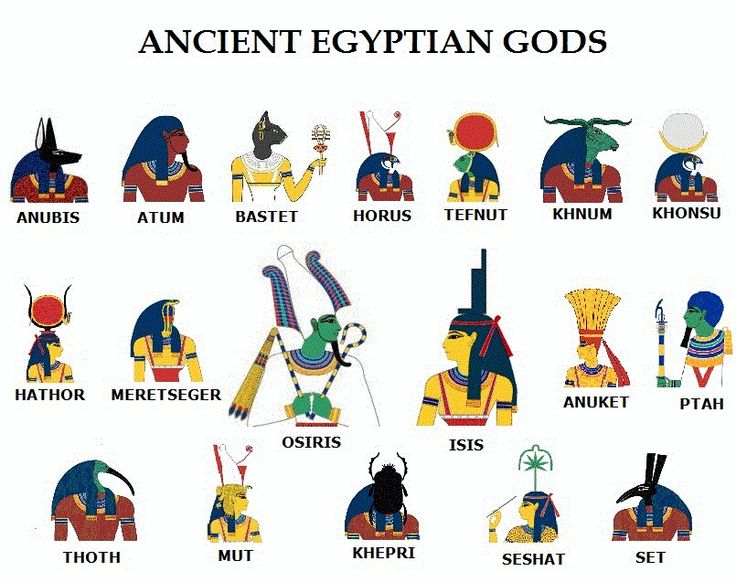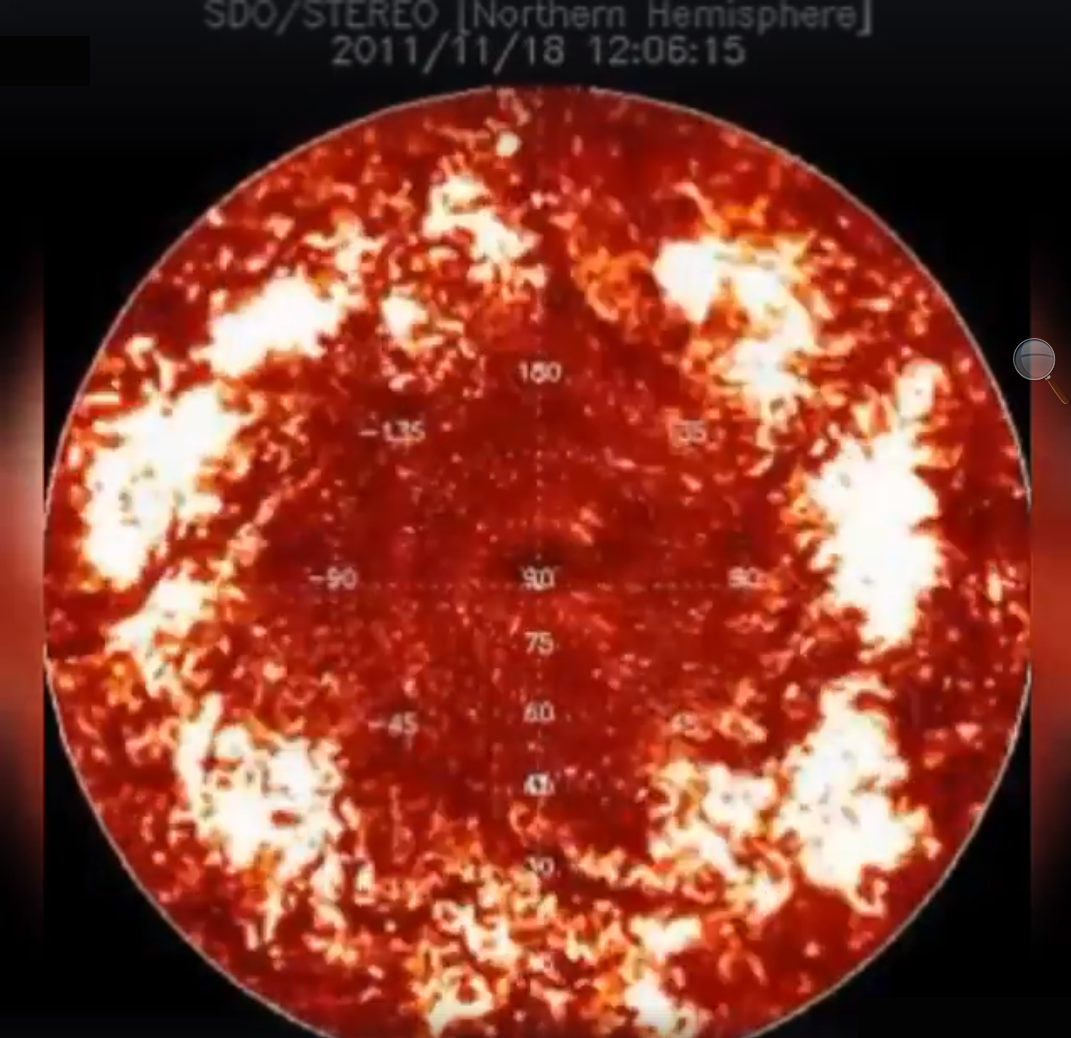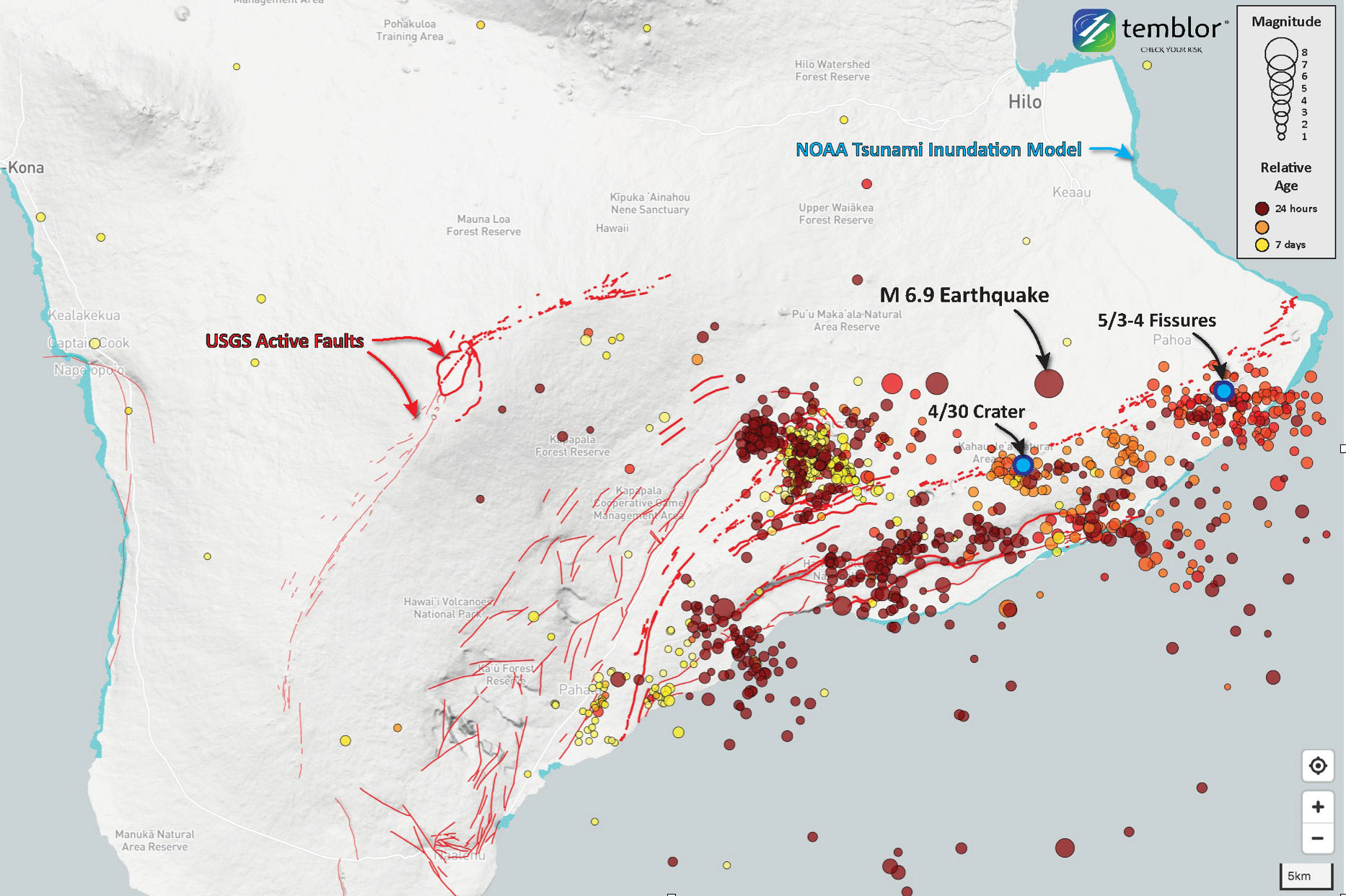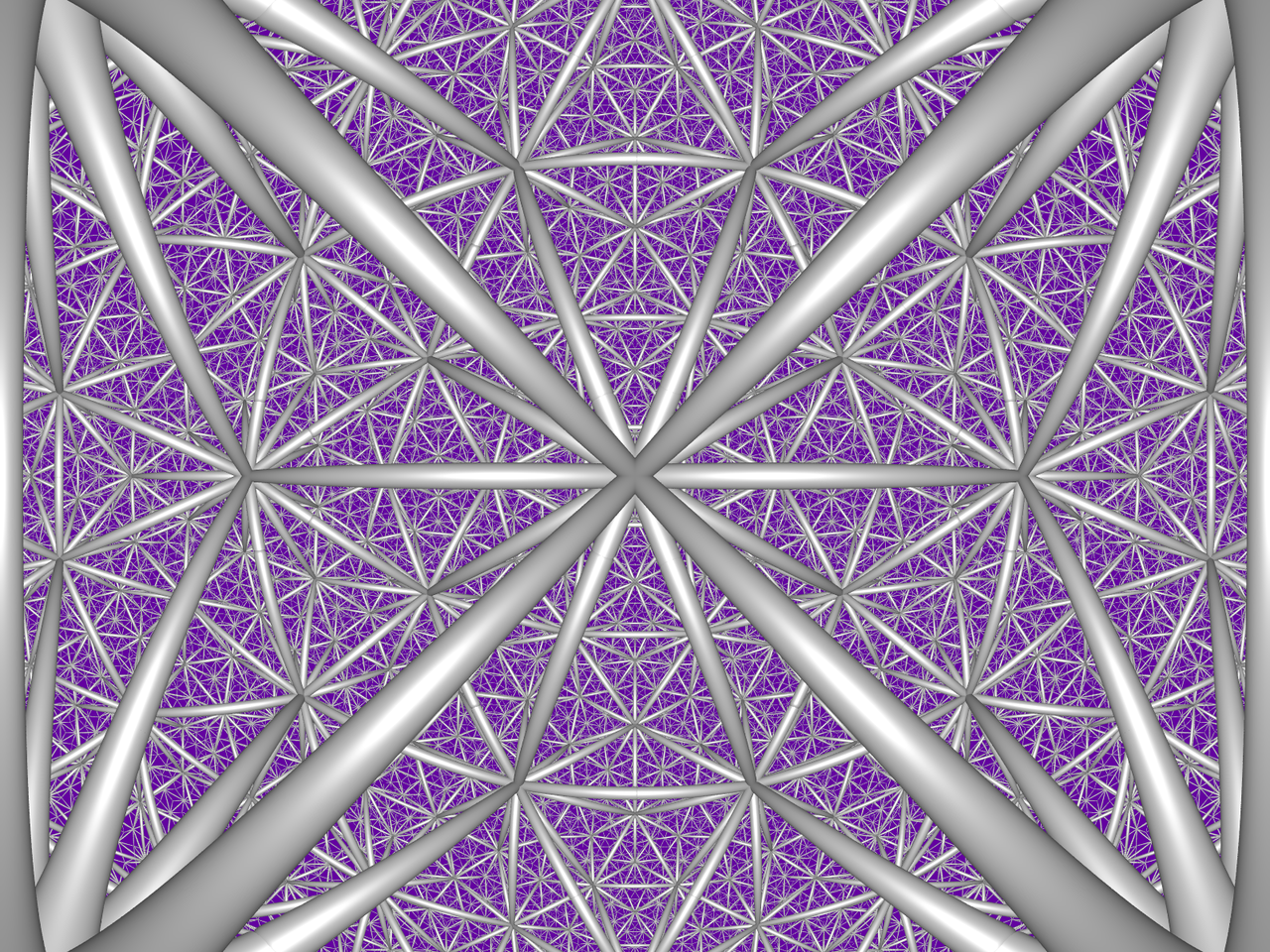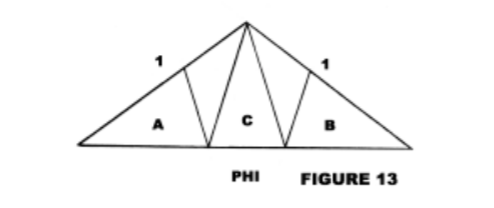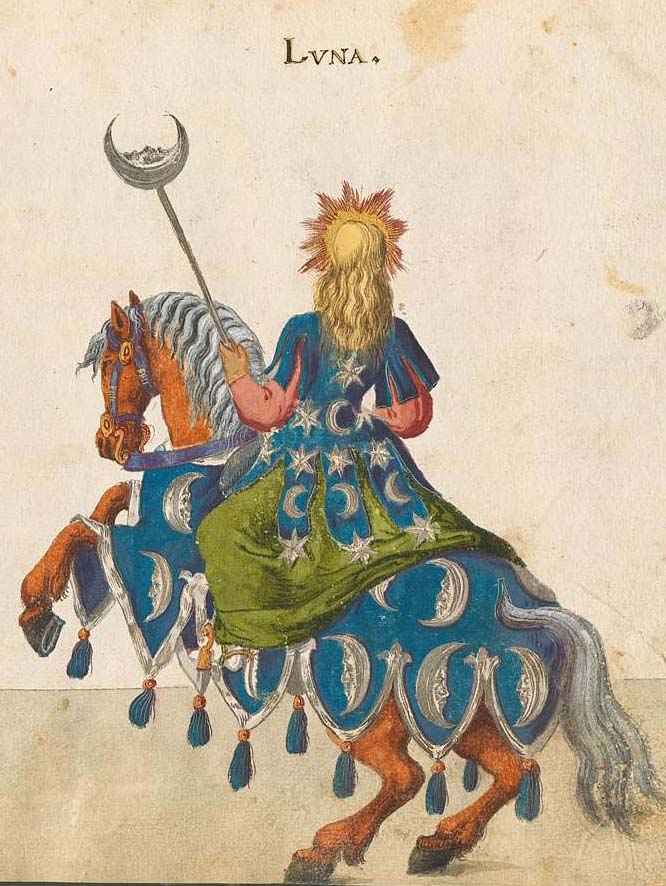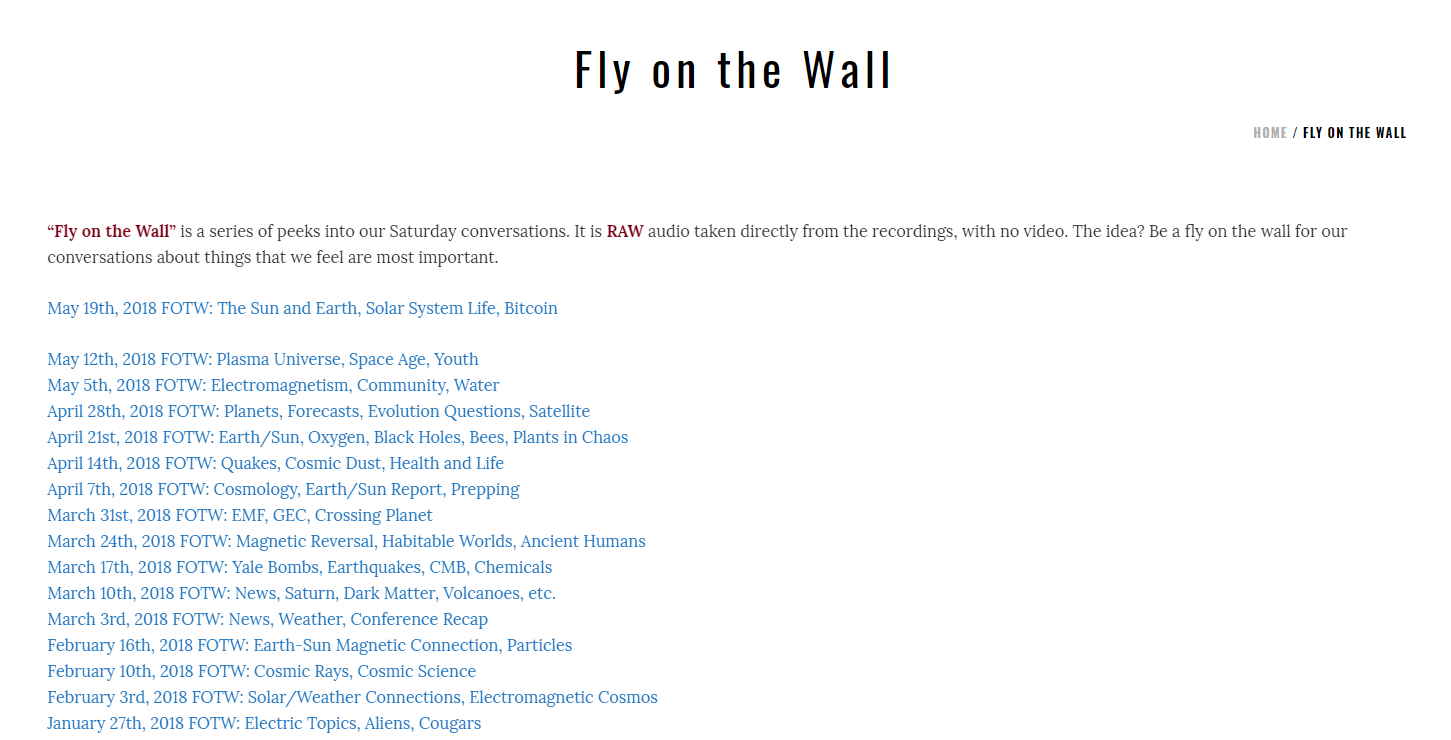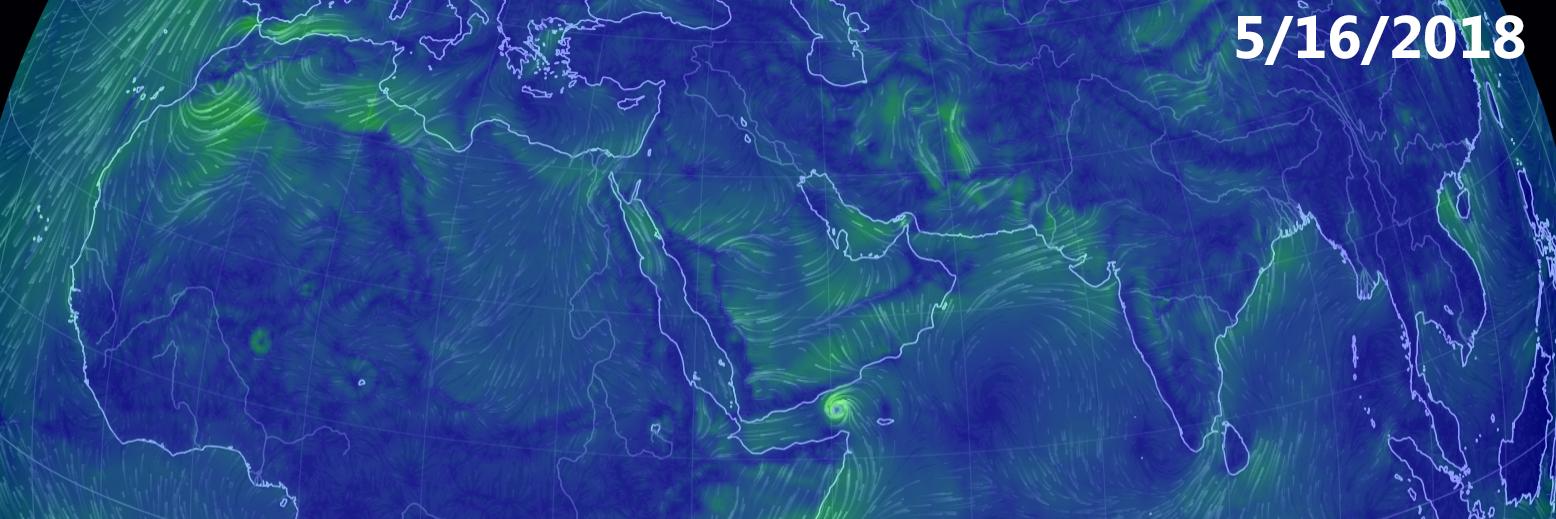https://youtu.be/Fi2PPHEqXsw
Experimental results obtained in 1879 when conducting electricity through rarefied gases in a vacuum tube and modulated by a magnetic field. From left to right, the tube is filled with nitrogen, oxygen, carbon dioxide and tin(IV) chloride. The positive electrode is on top. The tube with nitrogen produced a spiral, the one with carbon dioxide a set of nine stacked toroids embracing a Y-shaped column. (c) John Rand Capron.
https://youtu.be/AfSYiHSzDH0
https://skfb.ly/6yYZq
https://youtu.be/4YKsi8JozLI
https://youtu.be/zqNnOYoU5ls
WR predicted the existence of deuterium and tritium as well as all the transuranium elements such as plutonium and neptunium. By 1927 he had transmuted water into 17 different substances at the Westinghouse Lamp Laboratories. His science writings and work earned him a Doctor’s Degree of Science from The American Academy of Sciences in 1941. In the later years of his life, Dr. Russell published several books on the principles for transmutation of any element into any other element and then focused on demonstrating his new science principles for nonpolluting, sustainable free energy technology until he passed on in 1963.
http://www.newworldencyclopedia.org/entry/Deuterium
Coxeter group
In mathematics, a Coxeter group, named after H. S. M. Coxeter, is an abstract group that admits a formal description in terms of reflections (or kaleidoscopic mirrors). Indeed, the finite Coxeter groups are precisely the finite Euclidean reflection groups; the symmetry groups of regular polyhedra are an example. However, not all Coxeter groups are finite, and not all can be described in terms of symmetries and Euclidean reflections. Coxeter groups were introduced (Coxeter 1934) as abstractions of reflection groups, and finite Coxeter groups were classified in 1935 (Coxeter 1935).
Coxeter groups find applications in many areas of mathematics. Examples of finite Coxeter groups include the symmetry groups of regular polytopes, and the Weyl groups of simple Lie algebras. Examples of infinite Coxeter groups include the triangle groups corresponding to regular tessellations of the Euclidean plane and the hyperbolic plane, and the Weyl groups of infinite-dimensional Kac–Moody algebras.
Standard references include (Humphreys 1992) and (Davis 2007).









